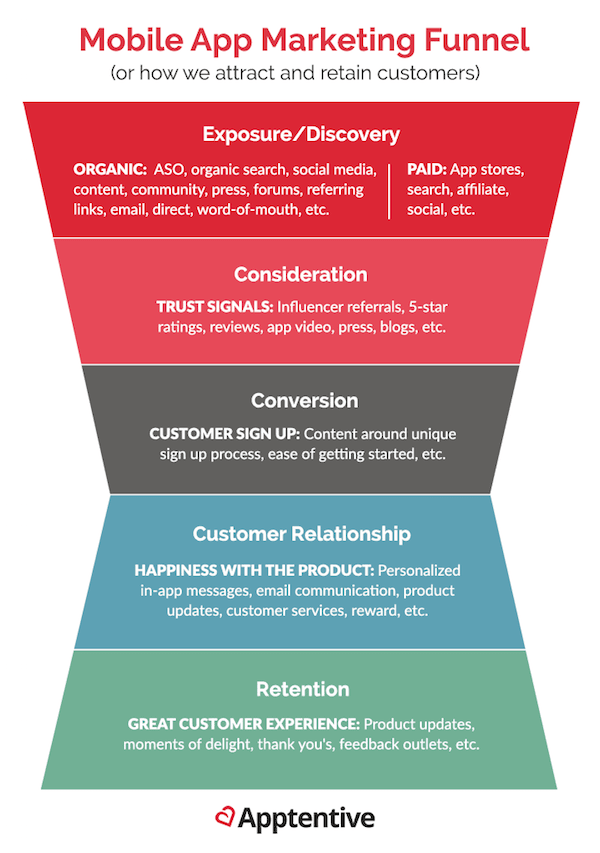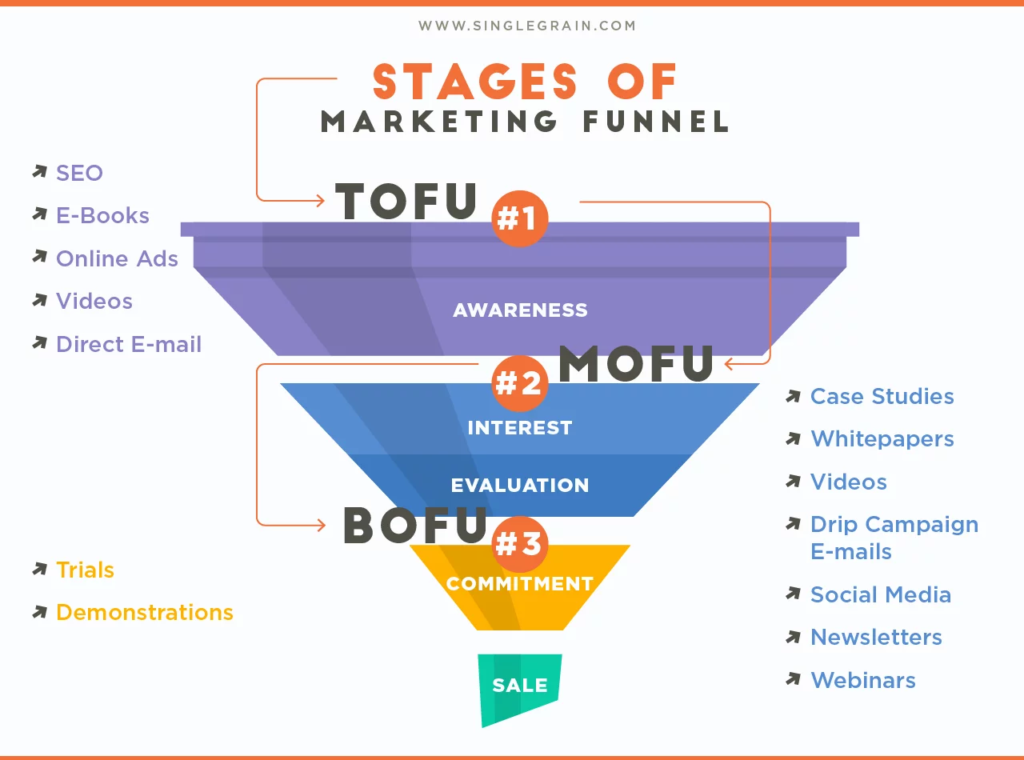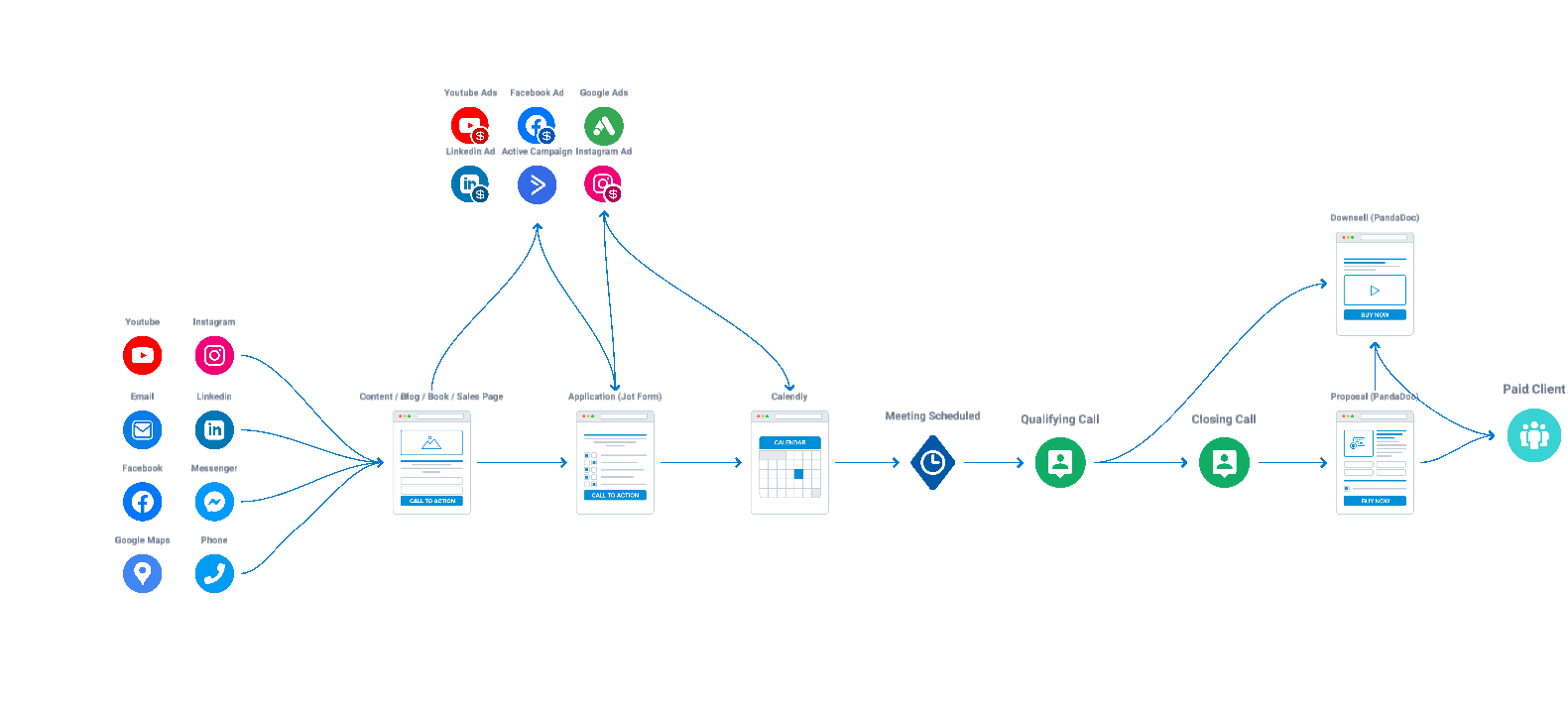Funnels In Marketing – How To Build A Successful Funnel
- December 14, 2022
- Inbound Sales, Lead Generation, Outbound Sales, Sales
Wanting to learn more about Funnels in Marketing?
You will also need to know about Funnels for Sales.
The two overlap and intersect… realistically, they are one funnel and the it should be known as a Sales and Marketing funnel.
I am different to most people and believe that without marketing resources there are no sales and without a sales team, marketing does not convert to sales.
When you analyze your business and you want to implement a sales framework or system, you want to start with a sales funnel. Understand where people find your business, what page do they land on, do they call you, do they email you, how do you book a meeting with them, how do you close them, what follows after a close, etc.
That is the basics of a sales funnel. But we can become more advanced than that and throw marketing on top and around it.
How do you drive people to your landing page? How do you get them back to your calendar? How do they learn about you? All of this is done with marketing (Yes, it can also be sales reps).
What is a Sales Funnel?

The sales funnel is each step that someone has to take in order to become your customer.
Let’s look at a brick-and-mortar sales funnel.
The people at the top of the sales funnel walk by your store. A certain percentage of them decide to walk in, that’s the next next of the funnel.
A customer sees a rack of T-shirts on clearance. He or she thumbs through the rack, now they’re at the next step of the funnel. Then the customer selects four t-shirts and walks to the check-out. They’re at the last step. If all goes well, they finish the purchase and reach the bottom of the funnel.
This same process plays out for every business in one way or the other. Your sales funnel could exist as:
- Retail store
- Sales team
- Website
- Personal consultation
Any marketing channel can be part of your sales funnel. And your funnel might be spread across several channels.
Why is a sales funnel important?
Your sales funnel illustrates the path prospects take.
Understanding your funnel can helps you find the holes in the funnel — the places where prospects drop out and never convert.
If you don’t understand your sales funnel, you can’t optimize it. We’ll go into the specifics of how the funnel works below, but for now, understand that you can influence how visitors move through the funnel and whether they eventually convert.
The Sales Funnel Explained: How it Works

While there are lots of words used to describe different sales funnel stages, we’re going to go with the four most common terms to explain how each stage works as a consumer goes from a visitor to a prospect to a lead to a buyer.
A visitor lands on your website through a Google search or social link. He or she is now a prospect. The visitor might check out a few of your blog posts or browse your product listings. At some point, you offer him or her a chance to sign up for your email list.
If the visitor fills out your form, he or she becomes a lead. You can now market to the customer outside of your website, such as via email, phone, or text — or all three.
Leads tend to come back to your website when you contact them with special offers, information about new blog posts, or other intriguing messages. Maybe you offer a coupon code.
The sales funnel narrows as visitors move through it. This is partially because you’ll have more prospects at the top of the funnel than buyers at the bottom, but also because your messaging needs to become increasingly targeted.
Capturing leads at every stage of the marketing funnel
Another important principle of this sales funnel is that we’re not talking about a linear process here. You don’t want to limit your marketing strategy to generate leads at the top of the funnel and then guiding them all to the end. There are thousands or even millions of people out there already who may know your brand but simply aren’t interested in it yet.
There are even more people out there who are interested in what you’re selling but know your brand exists yet.
Each stage of the marketing funnel represents a state of mind. For example, some consumers are still trying to decide which TV to buy or where to go on holiday while others know exactly what they’re looking for and simply need to find the right offer.

You want to capture leads at every stage of the sales funnel and target them with messages that reflect their state of mind. To do this, you need to assign user actions to each stage of your marketing funnel. For example, a first-time visitor on your site will fit into the “awareness” category while someone who has repeatedly visited the same product page probably fits in the “consideration” stage.
By mapping out these interactions and assigning them to each stage of your marketing funnel, you can then target each user – based on their previous actions – with marketing messages designed to move them closer to the purchase.
How to Build a Sales Funnel Fast
You’re stoked now, right? You want to create a sales funnel now—and fast. Don’t worry. It’s not as difficult as it might seem.
Step 1: Analyze Your Audience’s Behavior
The more you know about your audience, the more effective your sales funnel becomes. You’re not marketing to everybody. You’re marketing to people who are a good fit for what you sell.
Sign up for a Crazy Egg account and start creating Snapshots. These user behavior reports help you monitor site activity and figure out how people engage with your site.
Where do they click? When do they scroll? How much time do they spend on a particular page? All of these data points will help you refine your buyer personas.
Step 2: Capture Your Audience’s Attention
The only way your sales funnel works is if you can lure people into it. This means putting your content in front of your target audience.
Take the organic route and post tons of content across all of your platforms. Diversify with infographics, videos, and other types of content.
If you’re willing to spend more cash, run a few ads. The ideal place to run those ads depends on where your target audience hangs out. If you’re selling B2B, LinkedIn ads might be the perfect solution.
Step 3: Build a Landing Page
Your ad or other content needs to take your prospects somewhere. Ideally, you want to direct them to a landing page with a can’t-miss offer.
Since these people are still low in the sales funnel, focus on capturing leads instead of pushing the sale.
A landing page should steer the visitor toward the next step.
You need a bold call to action that tells them exactly what to do, whether it’s downloading a free e-book or watching an instructional video.
Step 4: Create an Email Drip Campaign
Market to your leads through email by providing amazing content. Do so regularly, but not too frequently. One or two emails per week should suffice.
Build up to the sale by educating your market first. What do they want to learn? What obstacles and objections do you need to overcome to convince them to buy?
At the end of your drip campaign, make an incredible offer. That’s the piece of content that will inspire your leads to act.
Step 5: Keep in Touch
Don’t forget about your existing customers. Instead, continue reaching out to them. Thank them for their purchases, offer additional coupon codes, and involve them in your social media sphere.
Measuring the Success of a Sales Funnel

Your sales funnel might need tweaks as your business grows, you learn more about your customers, and you diversify your products and services. That’s okay.
A great way to measure the success of your sales funnel is to track your conversion rates.
How many people, for instance, sign up for your email list after clicking through on a Facebook Ad?
Pay careful attention to each stage of the sales funnel:
- Are your capturing the attention of enough consumers with your initial content?
- Do your prospects trust you enough to give you their contact information?
- Have you secured purchases from your email drip campaign and other marketing efforts?
- Do existing customers come back and buy from you again?
Knowing the answers to these questions will tell you where you need to tweak your sales funnel.
Why You Need to Optimize Your Sales Funnel
Here’s the truth: Your prospective customers have lots of options. You want them to choose your products or services, but you can’t force it. Instead, you have to market efficiently.
Without a tight, optimized sales funnel, you’re just guessing about what your prospects want. If you’re wrong, you lose the sale.
Use Crazy Egg Recordings to watch how people engage with your site during a session. Where do they click? Does anything seem to confuse them? Are they focusing their attention where you want?
This is particularly important for those landing pages we talked about. If they’re not optimized for conversions, most people will just click away.
How to Optimize Your Sales Funnel
You can optimize your sales funnel in myriad ways. The most important places to put your focus are on the areas when consumers move to the next point in the funnel.
We talked about Facebook Ads. Don’t run just one ad. Run 10 or 20. They might be very similar, but direct them to different buyer personas and use Facebook’s targeting features to make sure those ads appear in front of your target audience.
A/B test your landing pages. It takes time, but you’ll reach more people and convert prospects more reliably.
You can also A/B test your email campaigns. Change up your language, imagery, offers, and layouts to figure out what your audience responds to.
The best way to optimize your sales funnel, though, is to pay attention to the results.
Start with the top of the funnel. You’re creating content, whether paid or organic, to get eyeballs on your brand and to encourage people to click on your CTA. If one piece of content doesn’t work, try something else.
Move on to your landing page. Make sure the offer and CTA mimic the content in your blog post or Facebook Ad, or whatever other asset you used to drive traffic there. Test your headline, body copy, images, and CTA to find out what works best.
When you ask people in the Action stage to buy from you, A/B test your offer. Does free shipping work better than a 5 percent discount? These little things can make a huge difference in your revenue.
And finally, track your customer retention rate. Do people come back and buy from you a second, fifth, and twentieth time? Do they refer their friends?
Your goal is to keep your brand top-of-mind. If you never disappoint your audience, they won’t have a reason to look elsewhere.
Maximising leads & conversions at every stage of the funnel
The only thing that’s really changed over the years is that the best brands pick up leads at every stage of the funnel in order to maximise leads and conversions.
There’s more focus now on lead nurturing and optimising each stage of the consumer experience to keep leads moving towards the purchase. This is the best strategy for preventing leads from slipping away and buying elsewhere.
The other key principle is that the consumer journey doesn’t end with the first purchase; this is where the customer journey begins and your efforts move to maximising further purchases and customer value.
The Serial Seller Summary
At The Serial Seller, we have a very simply philosophy and methodology for our sales funnel.

As you can see here, is a very good example of a funnel. Using the TOFU (Top of Funnel) content and advertising to attract leads, MOFU (Middle of Funnel) content is used to convert leads into opportunities and BOFU (Bottom of the Funnel) is for converting opportunities into a Sale.

Above is our internal funnel, we use a combination of sales and marketing to get people into the funnel, which is generally our home page, blog or our sales page. We use automated emails and retargeting ads to “push” prospects along the funnel and guide them to book a meeting with us.
Once they have booked a meeting, it comes down to our sales team to close the opportunity.
We believe it is the perfect mix between sales and marketing.
If you want some assistance with your businesses Sales and Marketing and need some help, Book A Call With Us Now!
About us and this blog
We are a Full-Service Sales & Marketing provider that aims to help small to medium businesses increase their leads and sales while helping remove the business owners from their day-to-day activities so they can focus more on the long-term goals of their business.
Book a Meeting with us!
We offer Done-For-You Sales, Sales Coaching, and Advisory as well as Digital Marketing Services. If you want to increase the leads generated for your business and need some guidance and accountability, book a call with us now.

